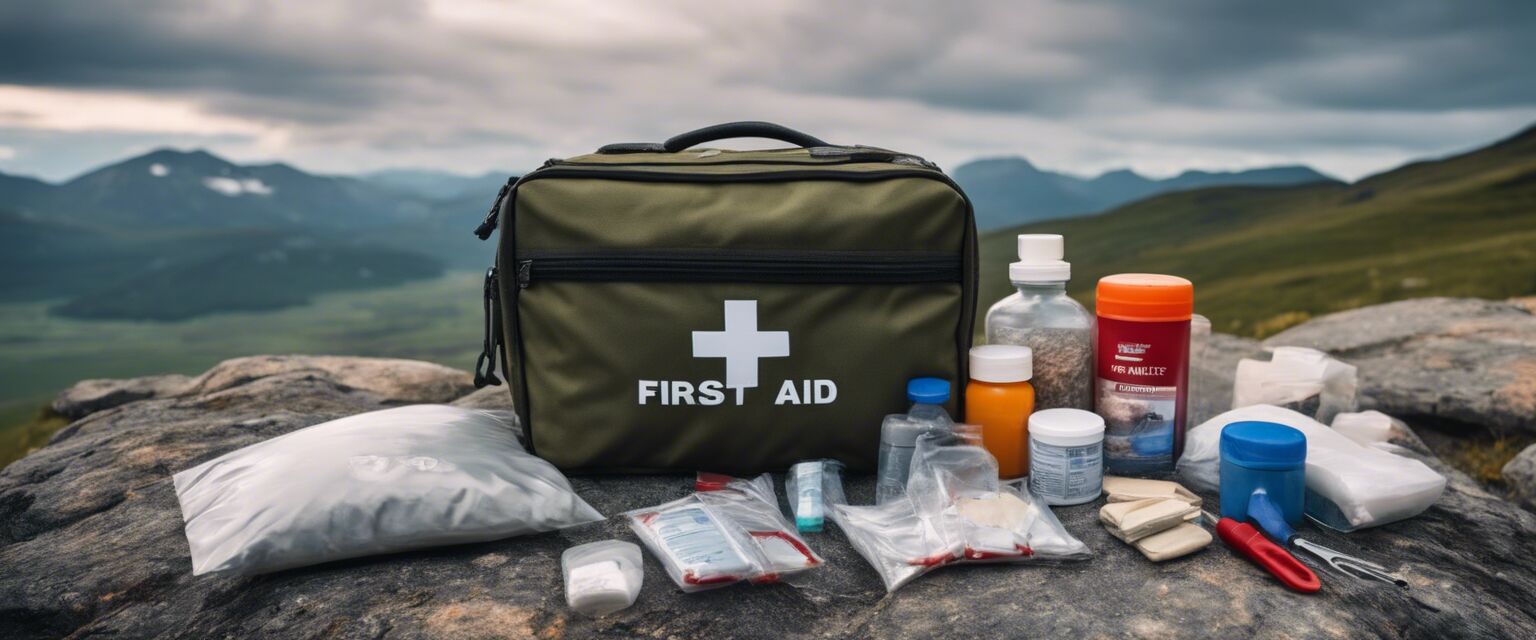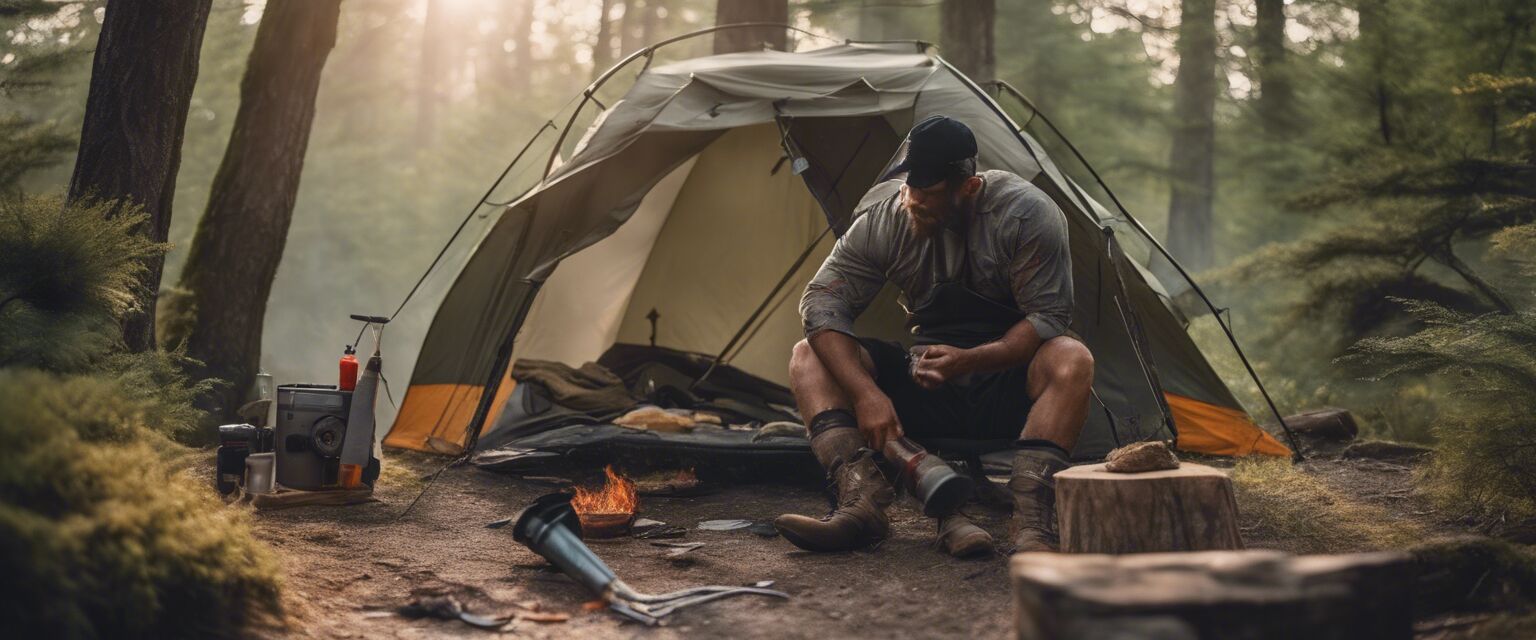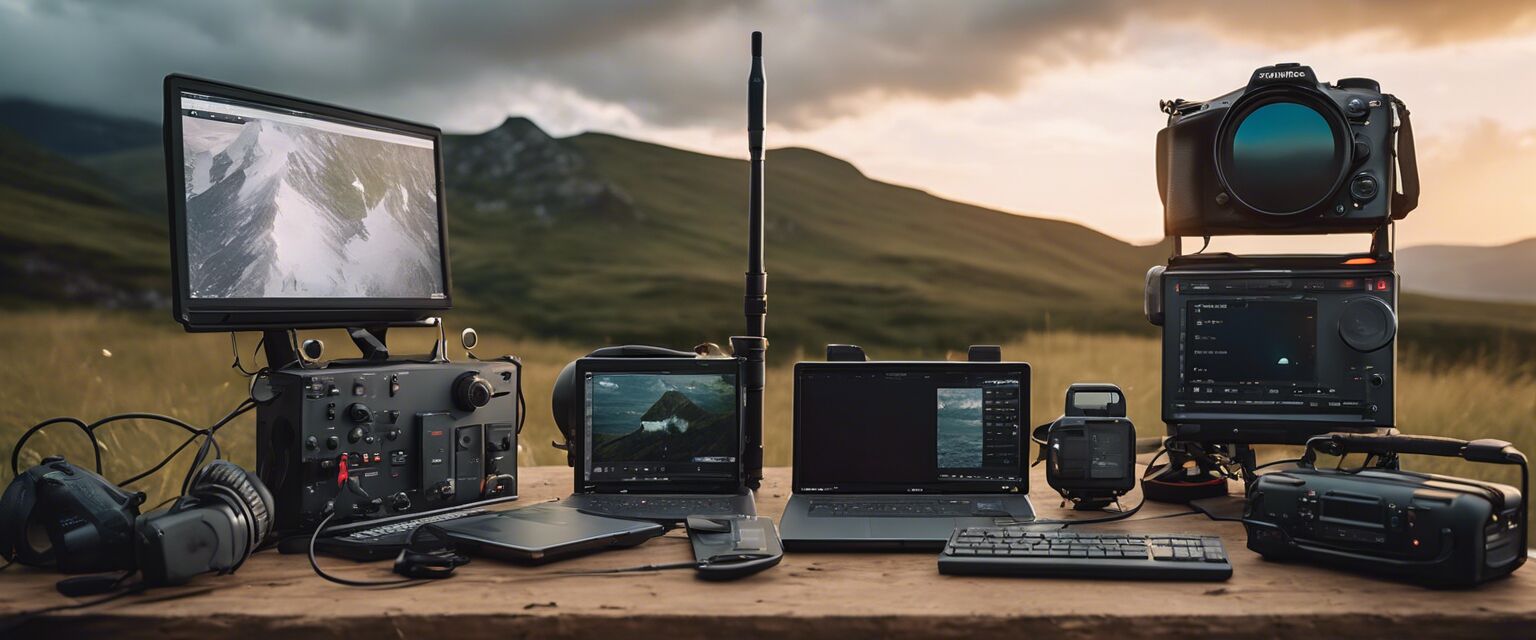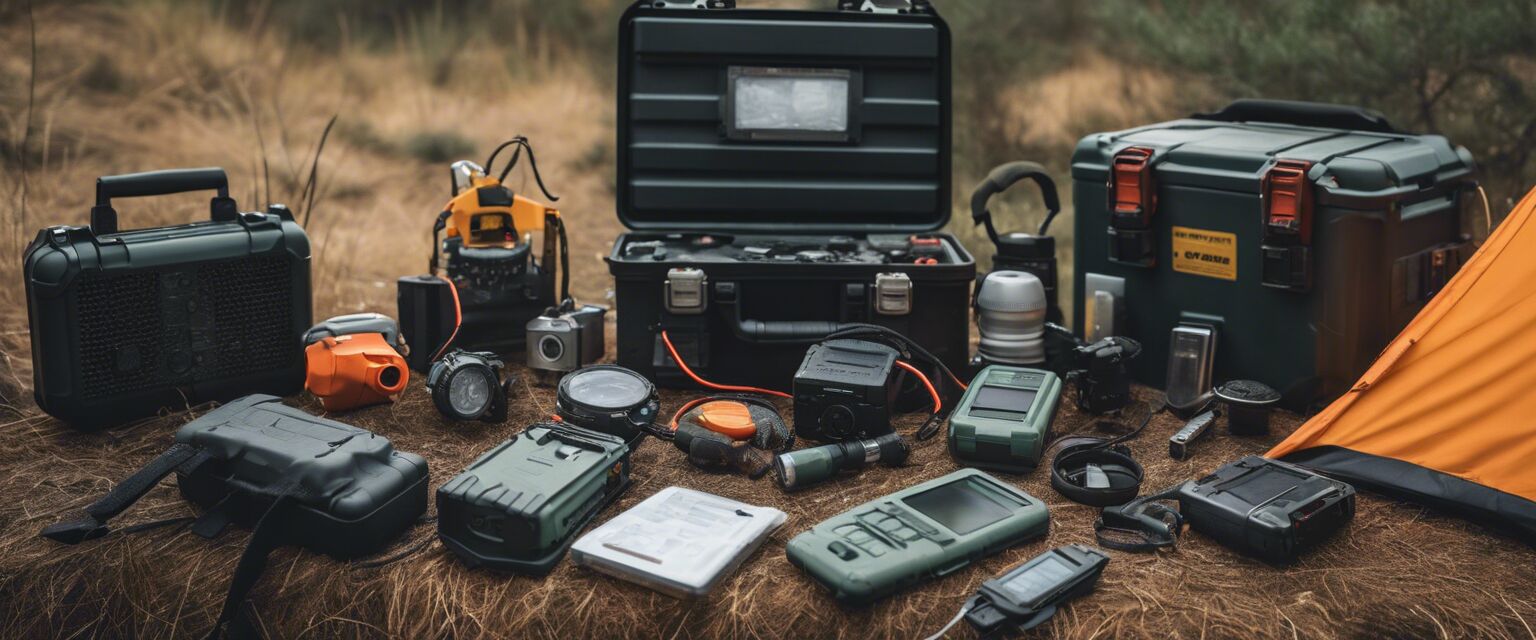
First aid in remote locations
Key Takeaways
- Always prepare your first aid kit tailored for remote settings.
- Understand basic first aid procedures to handle emergencies effectively.
- Awareness of local wildlife hazards and reactions is crucial.
- Communication devices are essential for emergency situations.
In the great outdoors, far from the comforts of modern medical facilities, having a solid understanding of first aid can make all the difference. This guide will help you prepare for medical emergencies while camping or adventuring off the grid.
Essential components of a first aid kit
When venturing into remote locations, a first aid kit should be custom-tailored to meet your needs. Hereâs a breakdown of essential components:
| Item | Purpose |
|---|---|
| Adhesive bandages | Treat minor cuts and abrasions. |
| Antiseptic wipes | Clean wounds to prevent infection. |
| Gauze pads | Control bleeding for larger wounds. |
| Medical tape | Secure gauze and dressings. |
| Elastic bandage | Support sprains and strains. |
| Scissors | Cut tape or clothing in emergencies. |
Basic first aid procedures
Knowing how to use your first aid supplies is just as important as having them. Here are some basic procedures to follow:
Wound care
- Wash your hands with soap or hand sanitizer.
- Apply antiseptic wipes to clean the wound.
- Use adhesive bandages or gauze to cover the injury.
CPR steps
- Check for responsiveness.
- If unresponsive and not breathing, call for help or activate emergency services.
- Begin chest compressions at a rate of 100-120 per minute.
- Provide rescue breaths after every 30 compressions.
Dealing with fractures and sprains
Here's how to handle fractures or sprains:
- Immobilize the injured area using an elastic bandage or splint.
- Apply ice whenever possible to reduce swelling.
- Elevate the injured limb above heart level.

Potential hazards in remote areas
When in remote locations, various hazards can pose risks to your well-being. Understanding how to manage these dangers is vital:
| Hazard | Symptoms | First Aid Response |
|---|---|---|
| Bee stings | Localized pain, swelling, allergic reaction. | Remove the stinger, wash the area, apply ice, and monitor for allergic reactions. |
| Snake bites | Swelling, pain, difficulty breathing. | Keep the victim calm, immobilize the limb, call for medical help. |
| Heat exhaustion | Dizziness, heavy sweating, weakness. | Move to a cooler area, hydrate, and rest. |
Communication devices for emergencies
While you may be far from civilization, staying connected in case of emergency is crucial. Here are some effective communication tools:
- Two-way radios - Reliable for local communication.
- Satellite phones - Useful for areas with no cellular service.
- Emergency signal mirrors - Can be used to signal for help from afar.

Preparing for wildlife encounters
Understanding the wildlife in the area you're visiting can help mitigate risks. Here's how to prepare:
- Learn about local animal species and their behaviors.
- Store food securely to avoid attracting wildlife.
- Keep a safe distance if wildlife is encountered.
Maintaining your first aid kit
Itâs important to regularly check and maintain your first aid kit:
- Review the kit at least once a year.
- Replace expired items and replenish used supplies.
- Customize the kit based on upcoming trips.
Tips for beginners
- Take a basic first aid course to build confidence.
- Practice first aid on friends or family to gain experience.
- Always inform someone about your plans and route before heading out.
Pros
- Preparedness can save lives.
- Providing first aid can prevent conditions from worsening.
- Enhances your confidence in handling emergencies.
Cons
- Requires ongoing education and training.
- Must regularly check and replenish supplies.
- Improper use can lead to complications.
Conclusion
Being prepared with first aid knowledge and supplies is crucial when spending time in remote locations. Equip yourself and ensure you have the right tools to handle emergencies that may arise, thereby enhancing your overall outdoor experience.

